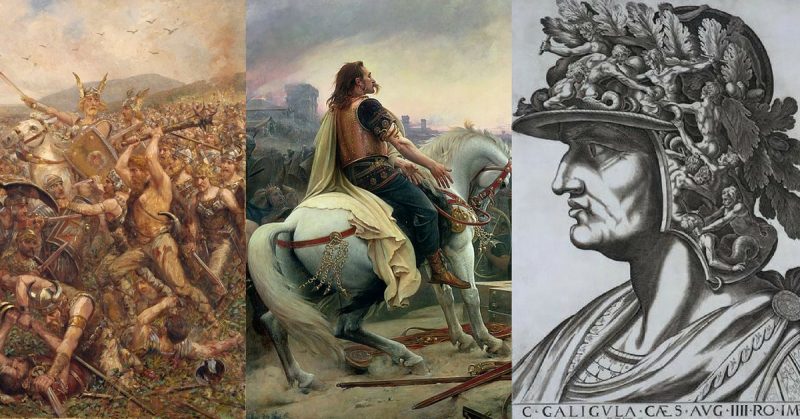Rome hated a lot of people over the thousands of years it held power, so this list is far from comprehensive, feel free to add suggestions and look out for part three for the mid and later empire. Without further ado, here are some people that inspired some genuine hate from the Roman people.
Vercingetorix
The name almost says it all, Vercingetorix translates roughly into “king of great warriors”, a fitting title for a man so ambitious as to attempt to unite all of Gaul. His father was actually killed by his tribe for aspiring the same thing, but this did not dissuade the young Vercingetorix from trying the same thing after Caesar had recently finished his Gallic campaign using military might and politics to subdue the Gauls. Getting little support from the nobles, Vercingetorix raised his own army from the poorest classes and seized power in Gaul.
Vercingetorix’s power grew as Caesar was wintering across the Alps. He soon found a way back into Gaul and took several rebelling towns on his way towards the rebel “king”. Vercingetorix employed a scorched earth policy, frustrating the pursuing Romans. In a rare tactical blunder, Caesar was tactically defeated at the walls of Gergovia, losing many thousands of men and high ranking officers. Though not a total defeat, this black eye was a rare occurrence and only prompted more of Gaul to join the revolt.
Soon Caesar regrouped and pinned Vercingetorix in the town of Alesia. Caesar had about as many troops as the besieged forces and decided on two rings of fortification, one towards the city and one facing outwards to protect against the relief forces, and there sure were some on the way. Numbers vary, but as many as 100,000 or more men from all over Gaul were on their way to crush Caesar’s army between them and the Besieged army sallying out.
At the outset, this battle threatened to undo all of Caesar’s campaigns and destroy him and his army all at once. The battle of Alesia was fiercely fought, and Caesar had to enter the fray himself to inspire his men to turn the tide. The city ultimately fell after the Gauls failed to break the siege and Vercingetorix surrendered.
He was perhaps the most hated man of the entire Gallic campaign. Caesar was certainly frustrated by the speed at which so vast a rebellion grew and the defeat at Gergovia must have stung. Caesar pandered to the Roman masses and so the general public was aware of Vercingetorix’s exploits and cheered when he was later executed as part of Caesar’s Triumph. Not only was he a major thorn in Caesar’s side, but the unification of Gaul incited deep-seeded Roman fears of Gallic invasions, a very good reason to hate Vercingetorix with a passion.
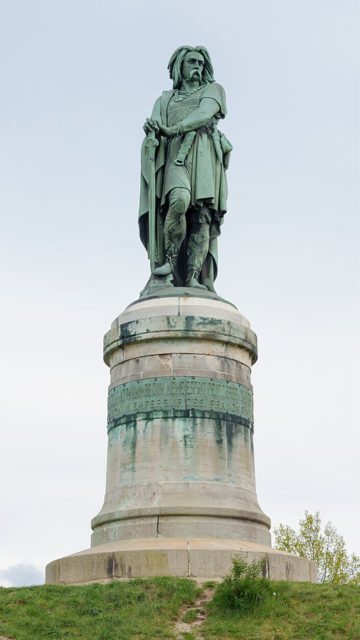
Arminius
Arminius gave the first Roman Emperor, Octavian Augustus, quite the headache late into his reign. Augustus was by all accounts a great emperor for Rome; he expanded the borders and smoothed out where the Romans had influence. Building on Caesar’s Gallic conquest, many Roman armies began venturing into Germania. The land was on the other side of the formidable Alps from Italy, but still close enough to warrant conquest for its lands and Roman safety.
One German, Arminius had become a Roman citizen and an officer of the legion’s auxiliary forces. Roman auxiliary forces were a common and vital part of the legion since its formation, conquered or otherwise subdued or allied areas would send men to serve and some officers could even be granted citizenship as was the case with Arminius. Arminius had been sent to Rome at a young age, gained a proper military education and rose to the status of equestrian before accompanying a Roman army into his native Germania.
Despite his citizenship, Arminius was loyal to Germany and secretly set a massive trap for the Roman general Varus and his three Roman legions. Arminius gave Varus a tale of a rebellion deep in the forest of Germany and led the Romans through thick forest where tens of thousands of Germans from multiple tribes banded together to ambush the Romans.
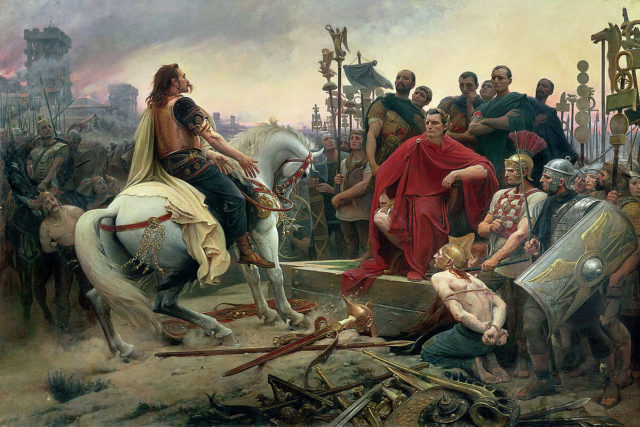
The ensuing battle of Teutoburg Forest was one of Rome’s greatest military disasters, with Varus killed and nearly every Roman killed or enslaved. The reaction at Rome was one of absolute devastation, there had not been a defeat of this scale in a generation.
This disaster happened near the end of Augustus’ great reign and caused the aged emperor great anguish. Though only reported by one source, Augustus is said to have hit his head against the wall repeatedly shouting “Varus, give me back my Legions”.
Two of the legion numbers were never used again. Retribution was swift and harsh as Roman armies stomped through Germany for years after, and Arminius was eventually assassinated, but the defeat still lingered. It made the Romans respect and fear Germania and they would eventually form defensive borders rather than risk further incursions, thanks to the traitorous Arminius.
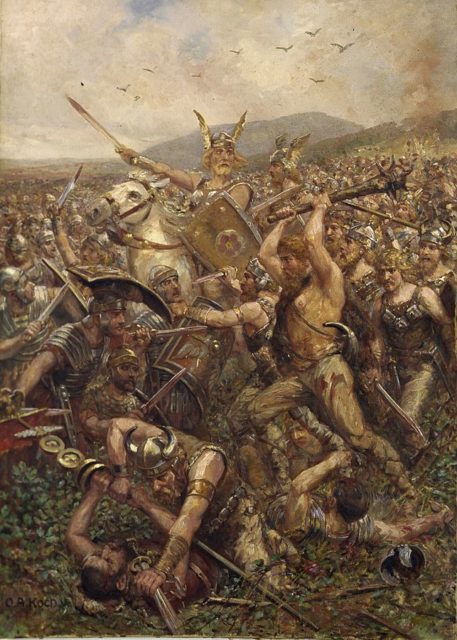
Caligula
Now we finally have an actual Roman who was the target of outright Roman hatred. Many people are familiar with some of Caligula and Nero’s evil doings but it is important to note that many of these tales are like the fabrications or later historians building on already unfavorable accounts. Even taking some of the evil deeds with a grain of salt, Caligula still stands as one of the most hated people ever.
Many historians, contemporary and modern agree that his rule started well for at least a few of the first months until Caligula became deathly ill. His personality changed quite radically after this illness and the evil came out in full force.
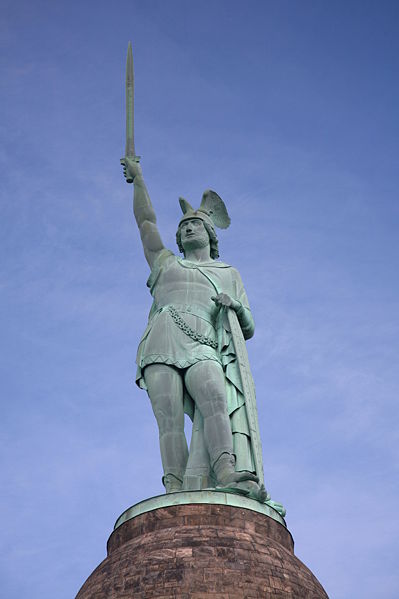
This has led many to speculate that he suffered brain swelling or heat damage to the brain, though it is also possible that such a terribly close call with death caused the change. Regardless, Caligula’s rule took a turn for the worse.
Mostly the fiscal irresponsibility is what led to the greatest popular hatred of Caligula, he quickly wasted a large surplus of imperial funds left by his predecessor Tiberius. Part of this was on lavish games, which at least pleased the masses but much was spent on personal expenses. A great example of this was the seizure of hundreds of grain boats to build an absolutely unnecessary bridge across the bay of Baiae.
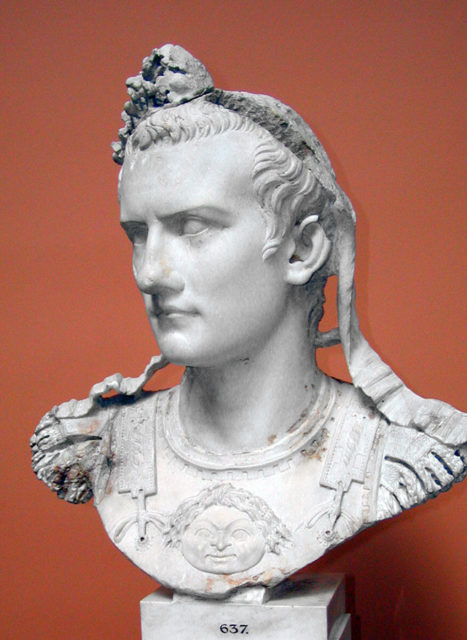
This was simply done to spite a prophecy from Caligula’s younger years where a soothsayer told Caligula that he had no greater chance at becoming emperor than he had to be able to ride his horse across the bay. After building the bridge, Caligula rode his horse across several times just to do so, this came at great public expense and resulting in a famine from the shortage of grain supply boats.
Aside from the fiscal responsibility, Caligula was the very epitome of cruel and unusual. He dressed up as various gods, and goddesses, and had people address him as a god. He relished in giving drawn out and painful executions, such as sawing in half, or repeated beatings with chains. His standby execution orders were often “Strike so that he may feel that he is dying.” He often forced family members to watch their relatives be executed, and would invite fathers whose sons were killed to dinner so that Caligula could discuss the execution with them.
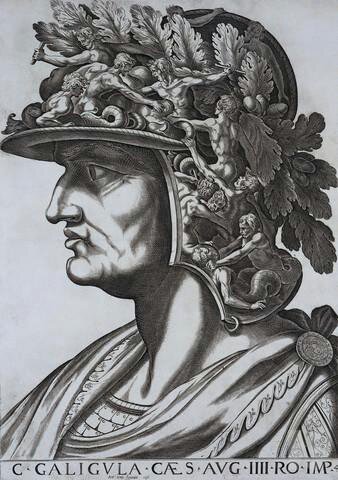
Caligula had two other codes he lived by, often saying “Remember that I have the right to do anything to anybody.” And “Let them hate me, so they but fear me.” This extended to the members of the senate, who he not only mocked by making his horse a Consul, but also raped their wives and discussed the act with the senators right after.
Once, Caligula was jealous of a centurion’s handsome son and sentenced him to fight multiple gladiators in the arena, when the boy proved victorious, Caligula had him dragged through the streets and executed anyway. He also built a boat palace on a lake of such extravagance that it came with its own marble floors and plumbing.
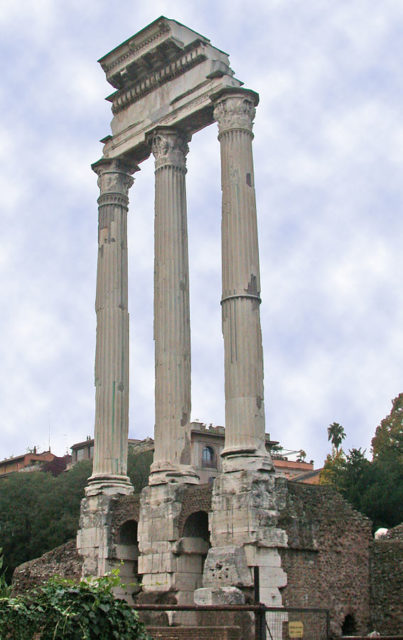
After bankrupting the previously wealthy empire and making enemies of Senators and centurions alike, it is no surprise that he was assassinated. The plot was known and developed by members of multiple social classes and kicked off just after Caligula announced that he would move to Alexandria to rule and live like a proper God.
It is surely a testament to the universal hatred towards Caligula that he inspired such cooperation among the often firmly divided social classes. Keep in mind that everything above is taken from sources already hostile to Caligula so some may be exaggerated or wholly made up, but it is still clear that he was an absolutely terrible person.
By William McLaughlin for War History Online
